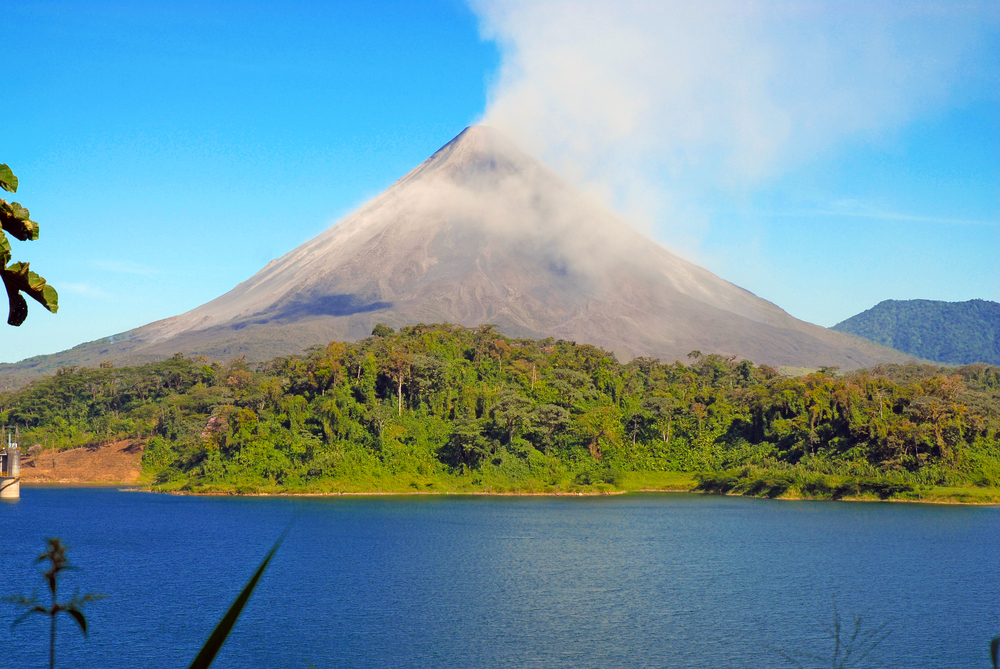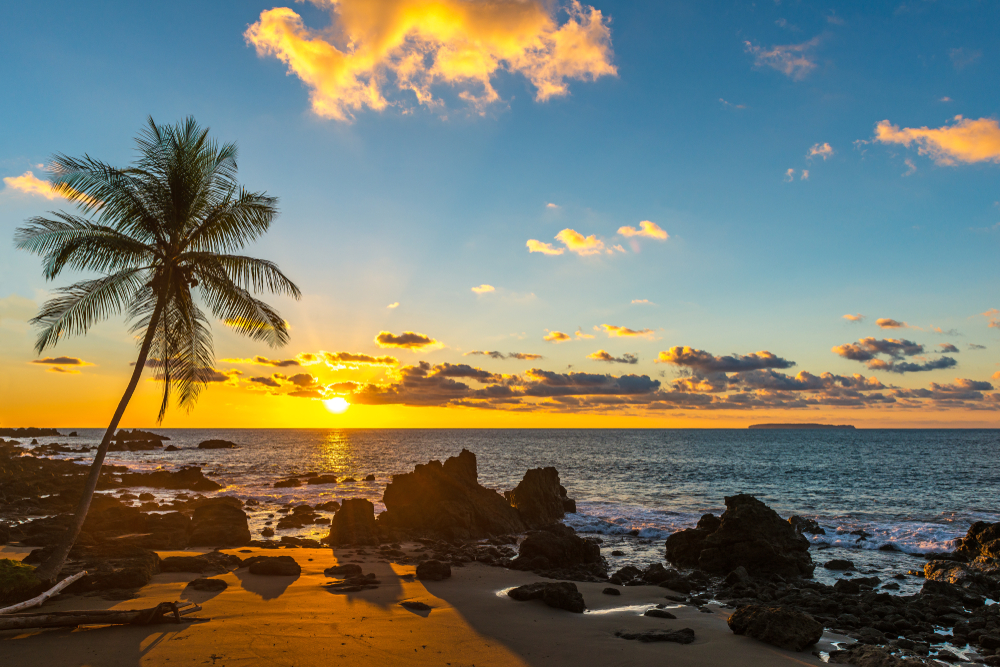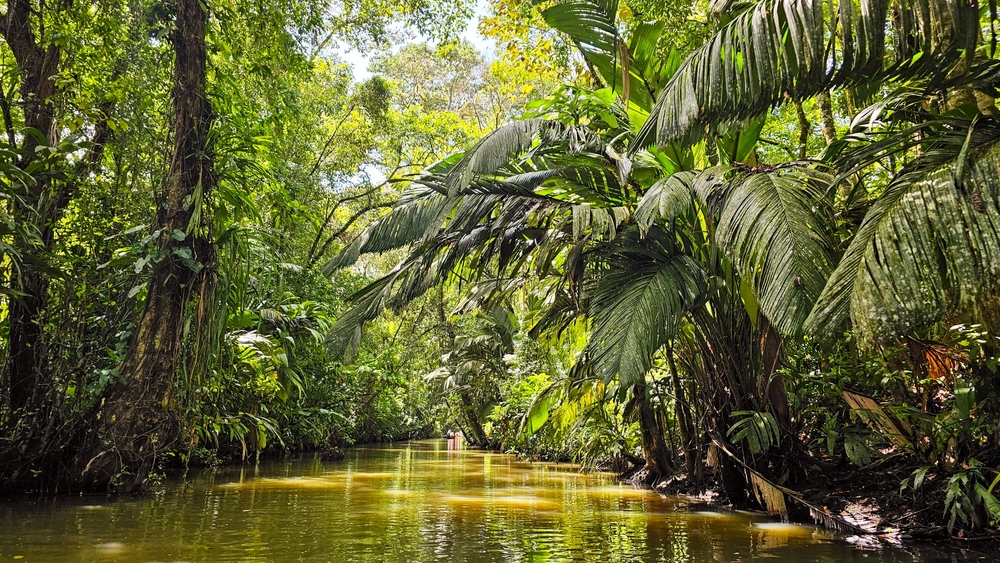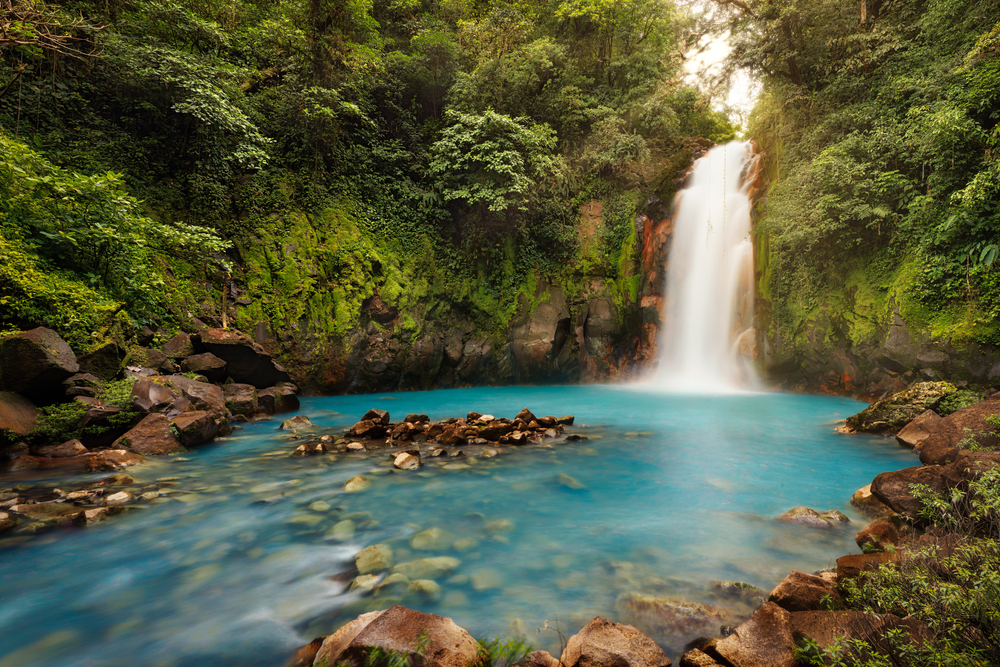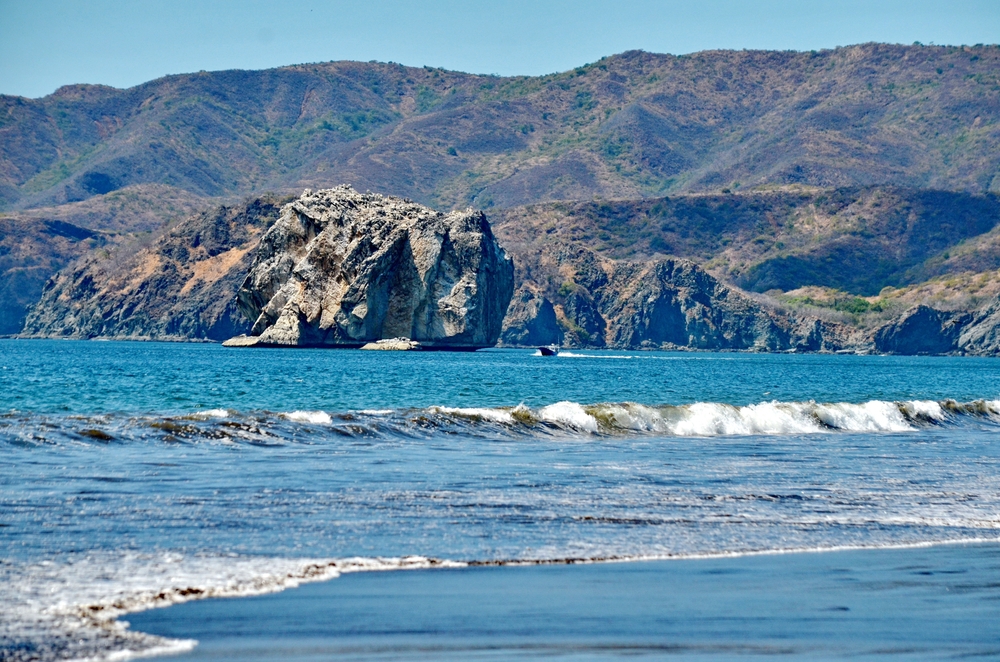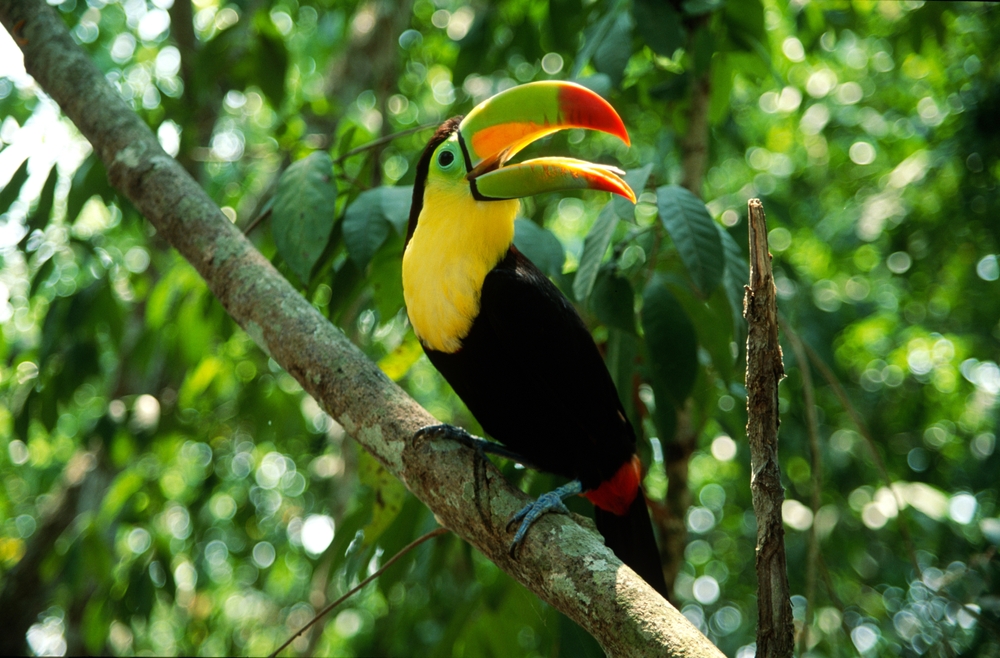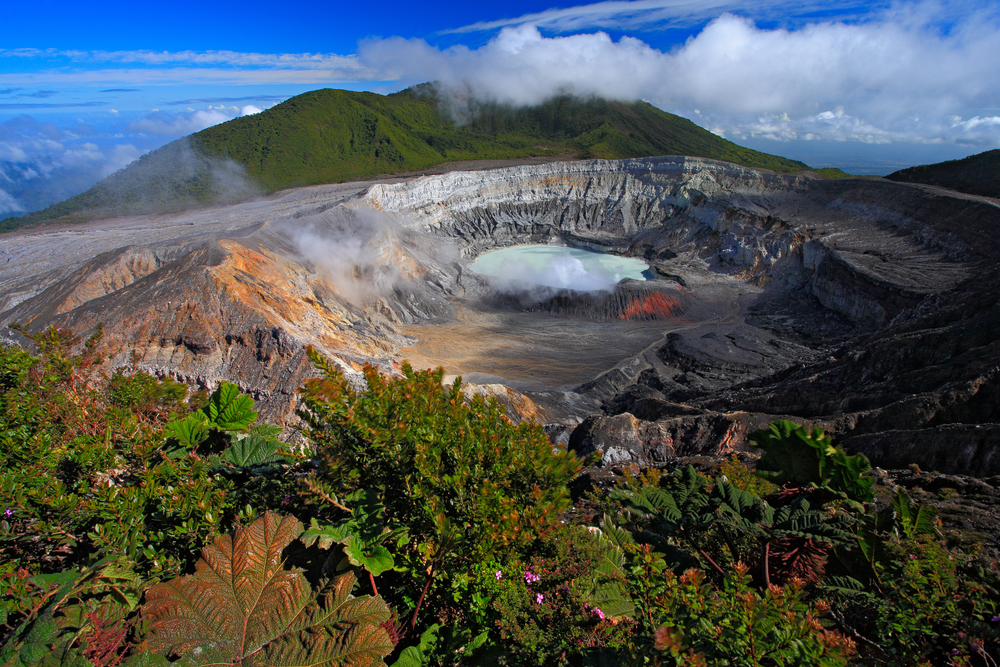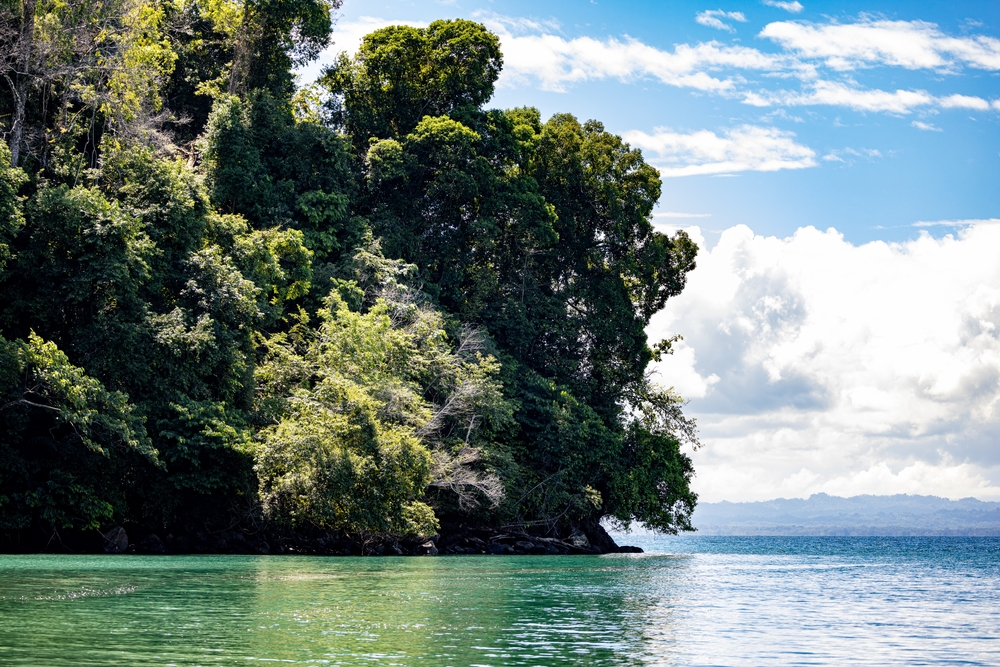Turrialba Volcano Overview
Turrialba Volcano National Park (Parque Nacional Volcán Turrialba) is a captivating natural haven located in the central highlands of Costa Rica’s Cartago Province. This park spans approximately 9 square miles (24 square kilometers) and is celebrated for its dynamic volcanic features and lush natural surroundings.
Nestled near the active Turrialba Volcano, the area offers a unique glimpse into the geological forces that have molded the landscape over countless years, making it a living classroom for both nature enthusiasts and geologists alike.
The terrain of Turrialba Volcano National Park is dominated by dramatic volcanic formations, rugged lava fields, and gently sloping foothills that gradually merge into dense patches of forest. Volcanic soils, enriched over millennia by ash and lava flows, support a remarkable diversity of vegetation.
Visitors can observe pockets of tropical rainforest intermingled with resilient alpine shrubs, ferns, and flowering plants that thrive in the nutrient-rich environment. Among the park’s natural wonders are the steep, ash-covered slopes of the volcano itself, sparkling streams that cascade into small, secluded waterfalls, and morning mists that lend an ethereal quality to the landscape.
Wildlife in the park mirrors the diversity of its terrain. Visitors may encounter a variety of mammals such as howler monkeys swinging energetically between trees, curious coatis exploring forest clearings, and the occasional white-tailed deer quietly navigating the undergrowth.
Birdwatchers will delight in the chorus of toucans, the impressive flight of mountain caracaras, and numerous other resident and migratory species whose calls fill the air. The park’s thriving ecosystems provide a safe haven for these animals, turning every visit into an opportunity to experience nature in its most unguarded and authentic form.
Many of the park’s features have gained popularity among visitors for their accessibility and beauty. Well-marked hiking trails wind their way through volcanic craters and verdant woodlands, allowing adventurers to safely experience the raw power and delicate beauty of the region.
Guided tours offer fascinating insights into the park’s geological history and active volcanic behavior, while photography enthusiasts are drawn to the interplay of light and shadow across lava fields and forest canopies. Local communities also contribute to the visitor experience by leading cultural excursions that share traditional knowledge and respect for the land.
Conservation efforts in Turrialba Volcano National Park have been met with both challenges and successes. Active volcanic activity requires continuous monitoring and adaptive management strategies to safeguard both visitors and wildlife. At the same time, ongoing initiatives to rehabilitate native vegetation and protect endemic species have yielded promising results.
Cooperation between park management, researchers, and local communities has fostered educational programs and sustainable tourism practices that balance human interest with environmental preservation. These collaborative efforts ensure that while the park remains a site of dynamic natural activity, it is also a protected sanctuary for its unique ecosystems and the future generations that will inherit them.











































































